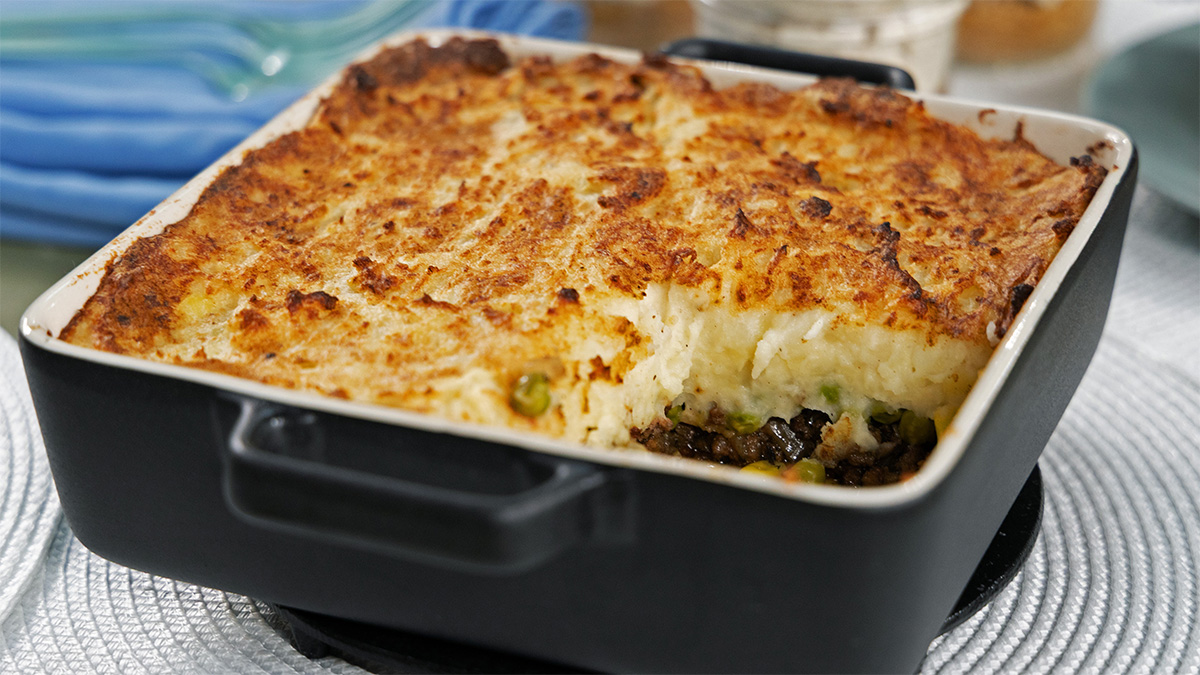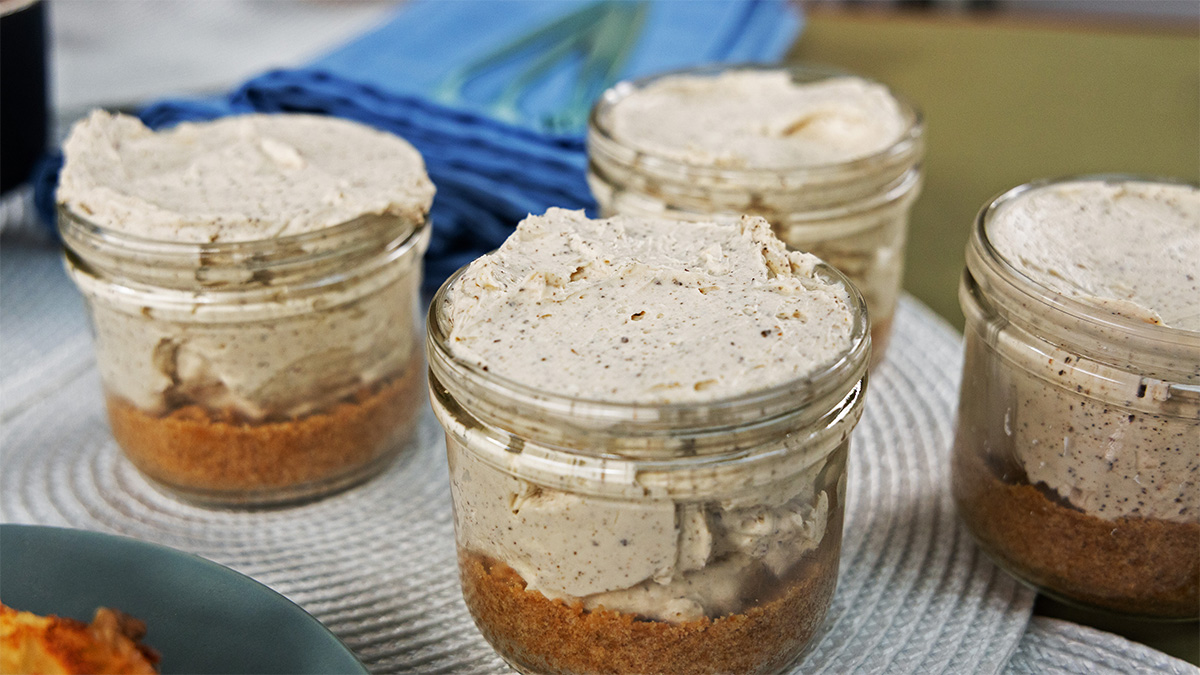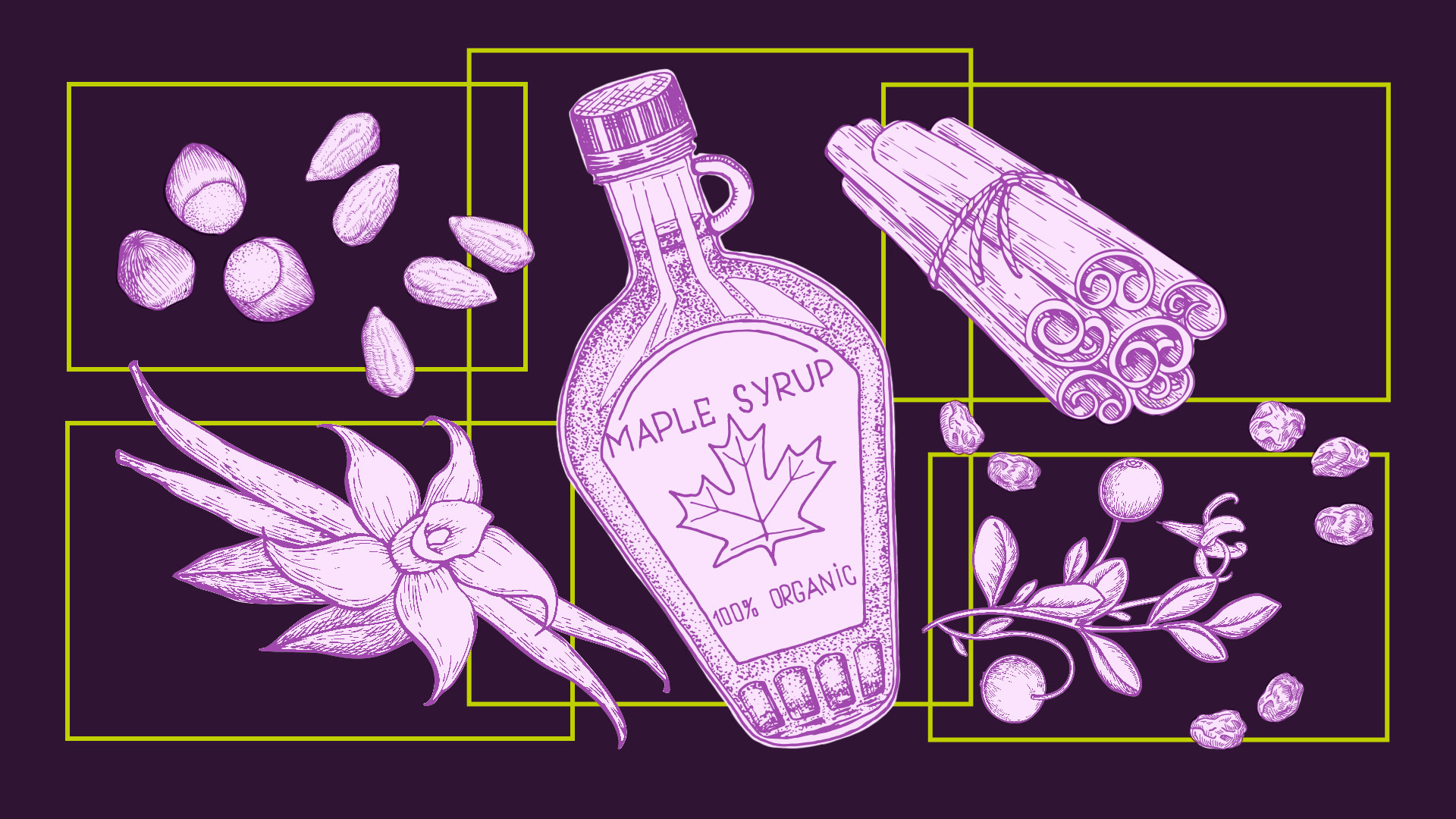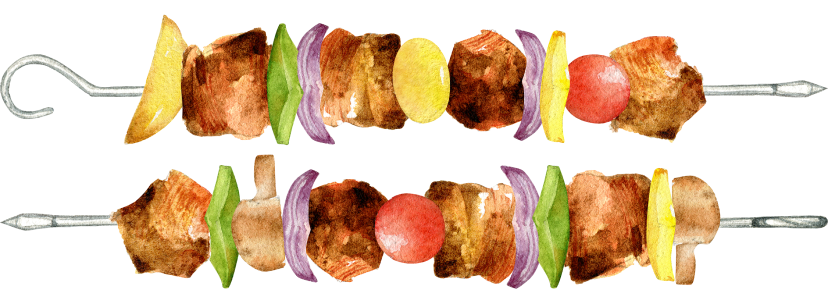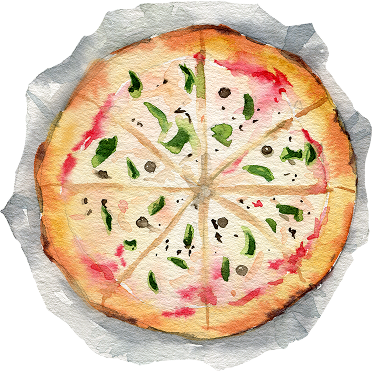About the Cheese
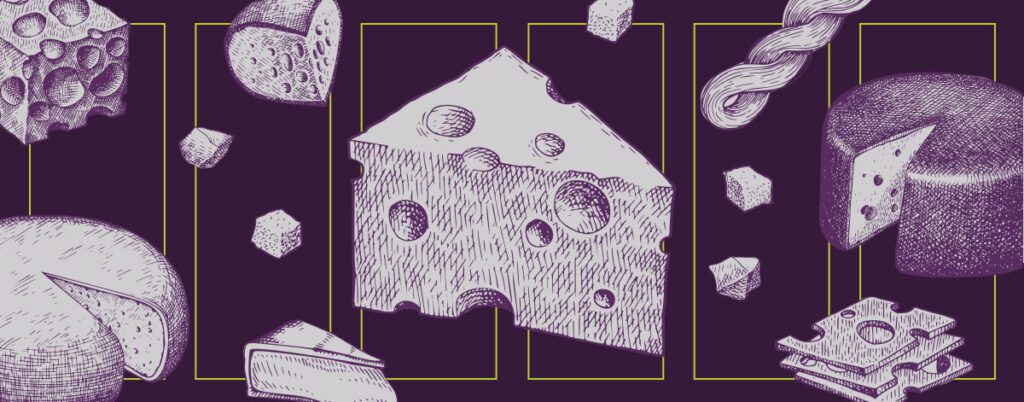
“Cheese – milk’s leap toward immortality” Clifton Fadiman
I love cheese. I even love processed cheese slices. There is a cheese for every mood, every personality, and every occasion. Ooey-gooey, sharp, nippy, mild, creamy, granular, soft, hard, young, old, stinky, sublime, are just a few of the bon mots one can employ when waxing cheesosophic. More than in the quality of its wine or bread, the true measure of a culture (pardon the pun) is in its cheese. This of course doesn’t apply to most Asian cultures that, while masterful in other culinary endeavors, seem to be content with the packing material known as tofu as substitute for le fromage.
I have often wondered (and this should give you some indication as to how my mind works) about that first person lo those many many millennia ago, who stumbled accidentally on the process of making cheese. There he was, Joe Nomad, traveling along the Tigris River in what’s now Iraq, minding his own business and enjoying the view. Joe has brought along some milk (likely goat’s milk) to quench his thirst. He carries it in the Tupperware du jour, namely the lining of a sheep’s stomach (later to be popularized by my inventive Scottish ancestors as a forerunner to cheesecloth in the making of haggis). Anyway, Joe stops for a wee nap and a chug of milk only to find that it soured. Apparently, the hot sun, the swaying motion of his perambulating camel and the rennet in the stomach lining has caused the milk to coagulate and separate into whey and curd. Joe chugs back the whey and being miles from the nearest truck stop, chows down on the curd. And so, cheese is born. Joe franchises the process and retires to a split-level ranch style with 3000 meters of water frontage on the Euphrates. A while later, Galilee gets caught up in the whole cheese fad, known today as the Cheeses of Nazareth (I’ve been waiting my whole adult life to pinch that joke).
Broadly, cheese can be broken into two types; fresh and ripened. While the process of making individual cheeses vary (and are often closely guarded secrets), the basics go something like this. First, you thicken your milk, often adding some bacterium like rennin, so that it separates into the afore mentioned curds and whey. Skim off the liquid whey and form the semi solid curd into various shapes and textures resulting in fresh varietals, such as ricotta, cottage cheese, cream cheese, etc.
Or you take your curds and cure them with heat or bacteria or soaking or whatever. You can also add flavouring and coloring in infinite combinations. Then you ripen it in a factory or a cave, a barn or a backroom, till the cheese develops in hard, soft, semi-soft, semi-hard, etc. The permutations are endless. Everything from the grass the milked animal eats (terroire) to temperature and humidity, flavor and time of ripening, all affect the end product. As one can distinguish a wine from one valley or vineyard to the next, so can be said of cheese. British and Canadian cheddars are quite different, American and French brie are not the same, and Reggiano from the tiny Italian town of Parma is still the best in the world, thank goodness. BTW, for those culinary stuffed shirts out there who insist that cheese with seafood is a faux pas, here’s our recipe for lobster mac ‘n cheese: www.gustotv.com/mains/lobster-mac-and-cheese-2
Yes folks, it’s a big cheesy world out there and there’s been resurgence in the popularity of the post dinner cheese plate of late. But cheese is not only for nibbling with port and baguette, no siree. Crumble some stinky blue over your next steak. Slide a bit of Oka under the skin of your next chicken breast and bake with sage leaves. Stuff pork tenderloin with goat cheese, dried cranberries and chopped baby thyme. Cheese brings a simple complexity to a Tuesday night dinner.
Pasteurized cheese comes from, not surprisingly, pasteurized milk. And while we tip our hat to old Louis Pasteur for making mass produced milk safe and widely available, it’s indeed unfortunate that most North Americans have never enjoyed the pleasure of rich, flavorful unpasturized cheeses. Cheese flavour begins with the milk, and pasteurizing diminishes the gout du terroir, not to mention much of the nutritional benefits of milk. The personality, the depth of character and flavour found in an unpasturized cheese is unparalleled. But alas, narrow minded nanny state health police think they know better and limit the cheese options of many precincts to pasteurized only. If there really was a safety issue, the streets of Montreal, Paris, Rome and Athens would be littered with the lifeless bodies of cheese lovers. But I digest.
Some of my favorites include Victor Et Berthold (earthy, tangy with a lingering aftertaste, slightly granular), Le Gamin (gooey soft, sweet & salty with a funky pocked rind), Kenogami(sweet & mild text book washed rind cheese for the novice), Morbier (French creamy-tangy with an ash layer separating the morning and afternoon milkings), Mimolette (looks like cheddar but is really a nutty fruity Edam and a feast for cheese mites) and any camembert(the runnier & stinkier the better). My cheese plates usually include a nice hunk of Parmesan Reggiano (a fab cheese on its own but too often relegated to the status of grated pasta topping). For me, the only cheese that’s not the bee’s knees is Haloumi. Apologies to all you Halouminiums but there’s just something about the texture I find off-putting. A cheese plate should include dried fruit (cranberries & apricots do nicely), grapes, nuts and a nice spicy jelly spread or two. Please, no charcuterie (aka cold cuts). Just the cheese please.
I’m of course aware that in these inflationary times, cheese ain’t cheap. And that’s why you need a cheesemonger in your life – someone who wakes up and goes to bed thinking about fromaggio. Find a store where they know a camembert from a cambozola and will happily sell you wedges the width of your finger (or two), allowing you to try new varietals without waste worries.
By: Chris Knight, President & CEO of Gusto Worldwide Media

